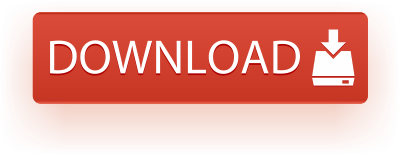

Our goal is to provide a solution Using Third Eye that will help the blind to easily navigate places with the help of tactile and auditory feedback on their phones and tablets.
Anyone with any kind of visual impairment can easily use this app on their phone or tablet
It helps in creating a virtual map using auditory and tactile feedback for the blind
We are the Third Eye. We are working to develop a tablet based device that helps visually impaired individuals navigate unfamiliar environments.
Sighted people can navigate environments by primarily relying upon their visual senses to find their way. Individuals with visual impairments have to rely upon the rest of their senses (e.g., touch, sound) for navigating their environment, resulting in reduced mobility. Unfamiliar environments are especially challenging as it is difficult for a person to build a mental map of their surroundings using non-visual feedback.
In order to increase the mobility of blind individuals, we wish to propose a system for enabling the blind to be able to create a virtual map for themselves with the help of our tool.
Our software can be installed on any ordinary tablet and can be placed at the entrance of buildings and rooms after loading the respective maps into them. Placing your hand on the screen would activate the tool, which would respond by a greeting followed by instructions to use the device.
The device would help making the blind accustomed to the buildings environment. Some of the functionalities for the tool are as follows:
Similar technologies already on the market are expensive and have a limited amount of functionality. Our product would provide an affordable alternative to existing devices and hopefully reach a larger audience.
We can design a system where the user can wear a gadget with a sensor which could inform him of the surrounding, eg. It can scan the floor right in front and alert the user of any obstacles. Replacement of the traditional cane used by the blind, the gadget may have four to five sensors, one for scanning the floor right in front of the user, one long range camera for the front, two close range sensors for the sides.
